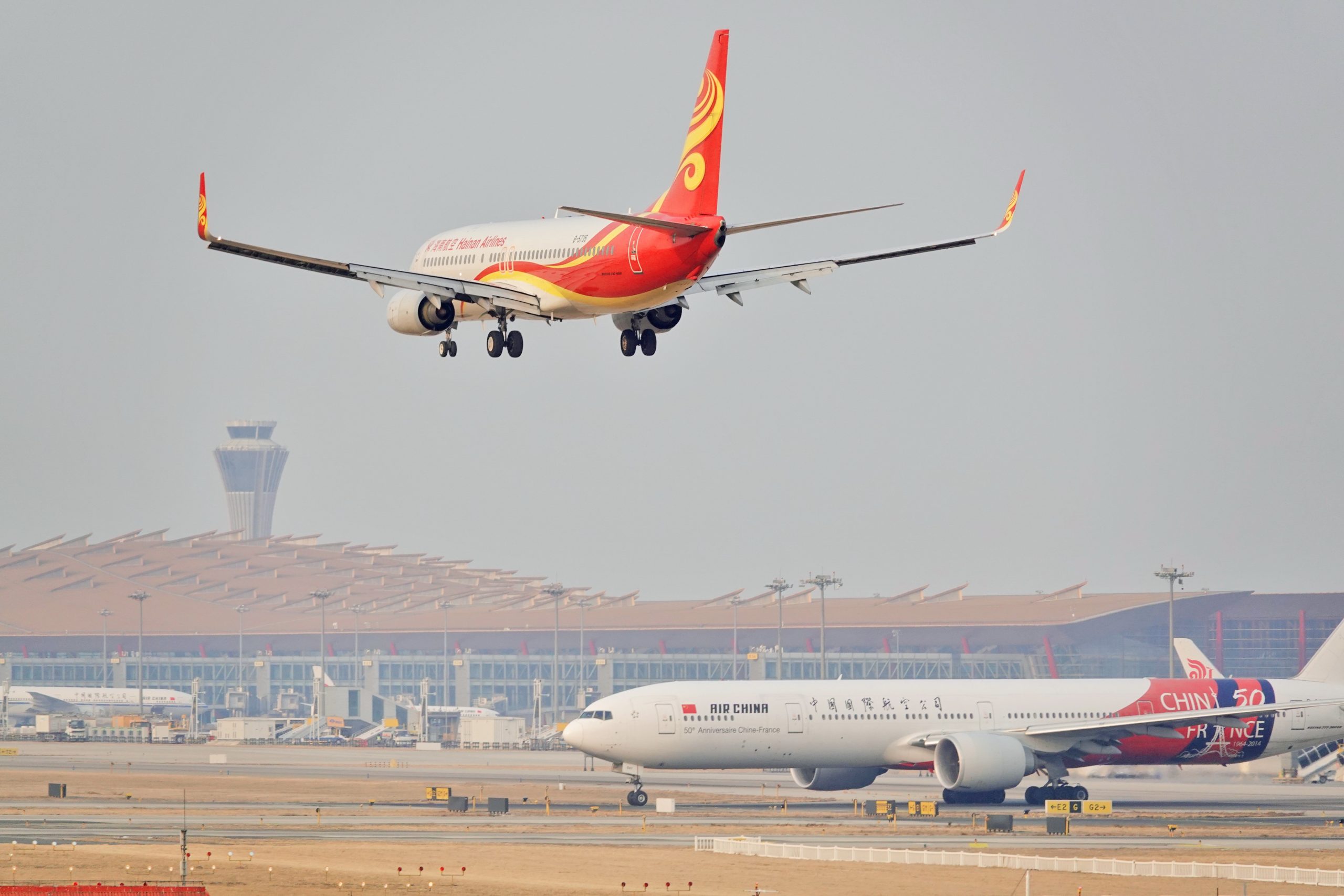
Fear of flying affects many people—studies suggest up to 40% of travelers experience it, as noted in research published in Frontiers in Psychology. Viral TikTok videos showcasing extreme turbulence, incidents like the January mid-air door plug blowout on an Alaska Airlines flight, runway near collisions, and recent tragic accidents such as the fatal crash near São Paulo can certainly intensify this fear.
But just how safe is air travel?
According to a new study from the Massachusetts Institute of Technology, flying remains safer than ever. The research, published this month in the Journal of Air Transport Management, reveals that the risk of dying from commercial air travel is now 1 in 13.7 million passenger boardings globally for the period from 2018 to 2022. This is a significant improvement from 1 in 7.9 million in the 2008-2017 period and a dramatic drop from 1 in 350,000 in the 1968-1977 era.
Arnold Barnett, a leading expert in air travel safety and co-author of the study, commented, “You might think there is some irreducible risk level we can’t get below. Yet, the chance of dying during an air journey keeps dropping by about 7 percent annually, and continues to decrease by a factor of two every decade.”
The research utilized data from the Flight Safety Foundation, the World Bank, and the International Air Transport Association. The study also addresses the impact of COVID-19, noting that between March 2020 and December 2022, approximately 4,760 deaths worldwide were linked to COVID-19 transmission on airplanes.
The MIT team attributes the continued safety improvements in aviation to a phenomenon akin to “Moore’s Law,” which describes the doubling of computing power roughly every 18 months. In this case, commercial travel has become nearly twice as safe each decade since the late 1960s.